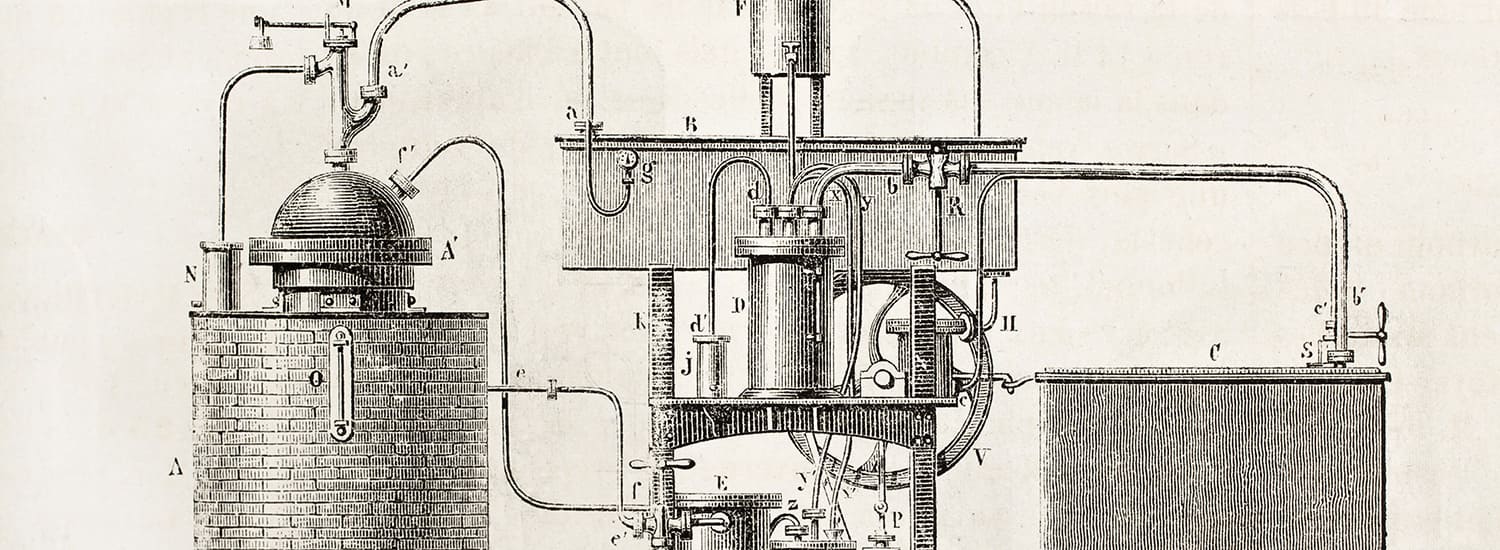Cooling is the transfer of heat from one place to another, trapping the temperature of that place at a temperature below the ambient temperature.
The cooling process has been used for air conditioning purposes between ambient temperature and 1̊C, for commercial purposes for cold storage between 10 ̊C and -40 ̊C, and for industrial purposes at various temperatures. The most important need of these is a comfortable environment. For this, a temperature below ambient temperature is required in the summer, and this is provided by cooling machines.
The Chinese were the first to use cooling in the history of human existence. They crushed the ice of frozen lakes, threw them into large wells and compressed them, and used the compressed ice blocks in the summer.
The Romans and Greeks filled large jars with water and buried them in the ground, the surface of the soil that cooled at night cooled the jars, and they met their cold water needs from the jars that cooled during the day.
In 1775, Glasgow University professor William Cullen started working on his hand when he saw that it cooled down when he applied ether to it, and laid the foundation of the first mechanical cooling.
William Cullen coincidentally manufactured an ice-making machine in 1775 based on the absorption principle. Many scientists made ice machines with this principle, but they did not enter the industry because they were too expensive and large in size.
In 1834, an American engineer named Jacob Perkins developed a practical ice-making machine in London. Ice machines operating on this principle were put into use for thirty years.
In the meantime, machines that worked in places without electricity were focused on and in 1885, the Frenchman Ferdinand CARSE invented the absorption system. In 1886, WINDHUSEN developed a system that worked with carbon dioxide gas and reached -80 degrees. Following the developments, wooden refrigerators were made and food was stored with ice in homes.
Since cooling with ice was very difficult, scientists started working on a mechanical cooling system. In 1910, the first small refrigerator was made by the J.M. Larsen Company. However, since there was no thermostat, there were great difficulties in use. In 1913, KELVİNATOR manufactured and offered the first thermostatic refrigerator for sale. In 1930, R-12 gas was found and the foundation of CFC refrigerators was laid.
In 1935, R-22 refrigerant was found and HCFC-based refrigerants were developed.In 1989, R-134 A and R-123 refrigerants were discovered and HFC-based refrigerants that do not harm the ozone layer were developed. In the early 1990s, binary and ternary alternative refrigerant mixtures were developed to be used instead of R-22 and R-502. Since 1913, refrigeration technology has been constantly evolving and has become an indispensable part of life in today's environment.













